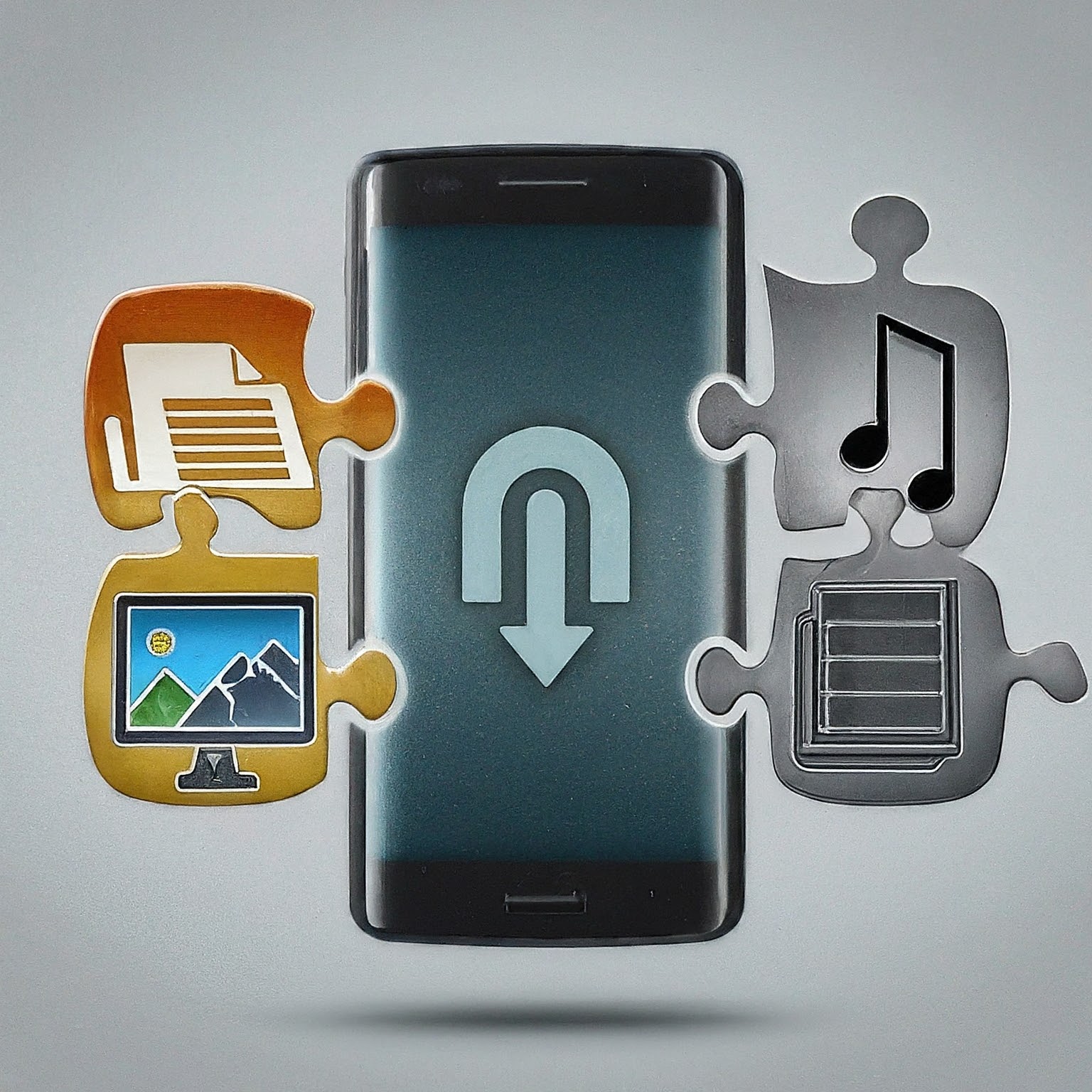When it comes to transferring files between your Android device and a computer, you might encounter the term “MTP.” This can lead to confusion, especially with the misconception that you need a dedicated MTP application Android to manage these transfers. This comprehensive article aims to clarify the concept of MTP and how it facilitates file transfer on your Android device without the need for additional software on most occasions.

Understanding MTP: Media Transfer Protocol
MTP, or Media Transfer Protocol, is a communication protocol specifically designed for transferring media files (like photos, music, and videos) between a computer and portable devices like smartphones and tablets. It allows your computer to recognize your Android device and access its storage for data exchange.
Benefits of MTP:
Standardized Protocol: MTP is a widely adopted protocol, ensuring compatibility between various operating systems (Windows, macOS) and Android devices.
Device Management: MTP allows basic device management functionalities like battery level checks and device name editing on some computers.
Two-Way Transfer: MTP facilitates both uploading files from your computer to your Android device and vice versa.
Limitations of MTP:
Limited File Access: MTP primarily focuses on media files. Accessing other file types on your Android device’s storage might be restricted.
Slower Transfer Speeds: Compared to alternative methods like USB mass storage mode, MTP can exhibit slightly slower transfer speeds.
Limited Functionality on Some Systems: Basic device management features might not be available on all operating systems that support MTP.
Transferring Files with MTP: No Need for Additional Apps (Mostly)
The beauty of MTP lies in its inherent functionality within your Android device and most computer operating systems. Here’s why you likely don’t need a dedicated MTP application Android for basic file transfers:
Built-in Functionality: Both Android and most computer operating systems (Windows, macOS) have built-in support for MTP. Connecting your Android device with a USB cable automatically initiates MTP mode in most cases.
File Explorer Integration: Once your Android device is connected in MTP mode, you can access its storage through your computer’s built-in file explorer (e.g., File Explorer on Windows, Finder on macOS). This allows you to browse folders, copy, paste, and delete files just like you would on your computer.
However, there are exceptions:
Outdated Operating Systems: If you’re using a very old computer operating system, it might lack native MTP support, requiring additional software installation.
Specific Functionality: For advanced file management tasks on your Android device’s storage or functionalities beyond basic transfers, dedicated file manager apps (both on Android and computer) might be beneficial.
Alternatives to MTP: When Might You Need Additional Tools?
While MTP offers a convenient solution for basic file transfers, there are situations where alternative methods might be preferable:
Mass Storage Mode: For faster transfer speeds or broader file access (including non-media files), consider switching your Android device to USB mass storage mode (if supported by your device model). However, this mode might require additional setup on your computer.
Cloud Storage Services: Cloud storage platforms like Google Drive, Dropbox, or OneDrive offer a convenient way to transfer and access files across devices without needing a physical connection.
Third-Party File Manager Apps: For advanced file management functionalities on your Android device itself, dedicated file manager apps like Solid Explorer or ES File Explorer can provide more granular control over your device’s storage.
Choosing the Right Method: Factors to Consider
The best method for transferring files between your Android device and a computer depends on your specific needs:
Frequency of Transfers: For frequent file transfers, MTP’s ease of use makes it a convenient choice.
Transfer Speed: If speed is a priority, consider mass storage mode (if supported) or cloud storage services.
File Types: If you need to access non-media files on your Android device, MTP might be restrictive. Consider alternative methods or dedicated file manager apps.
Security: Cloud storage services offer additional security features for your files compared to traditional file transfer methods.
Conclusion: MTP – A Simple Solution for Most Android File Transfers
MTP serves as a reliable and widely supported protocol for transferring media files between your Android device and a computer. It eliminates the need for additional software on most occasions, allowing seamless file exchange through your computer’s built-in file explorer. However, understanding alternative methods and their advantages empowers you to choose the most efficient and suitable approach for your specific file transfer needs.